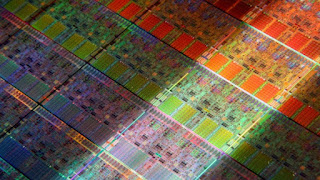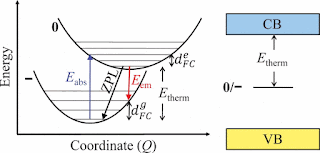For me, the most difficult parts of the body to draw are the face and the hands, which is why I generally do them last, and on separate sheets of paper. There is nothing worse than drawing a great body, and then ruining it with the face that does not come out right, or the hands, which might look funny. So I learned to make my light table my best friend in drawing, and to use models, models and more models. Not like, Victoria Secret models, of course, but any reference that has the pose (or something close to it) that I need.
For me, the most important and difficult part of the face is the eyes - getting them to be the right shape, getting them to be the same shape and size, and in the three-quarter face, the right size relative to each other, though they are different shapes.
Let's look at the eyes first.
Eyes are difficult because of many things, and when drawing, then painting eyes, many things have to be taken into account:
Shape - eyes are not flat. The eyeball is approximately spherical, with a little hemispherical cap (the cornea) on the front. You can see the corneal cap from the side view. The spherical shape, and the corneal cap affect the shape of the eyelid. The eye lids are curved in three dimensions, because they not only meet at the corners, but they follow the bulge of the eyeball, and the additional shape of the cornea.
Color - We think of the color in the eye as being just the iris, but there are more complexities to keep in mind.
- - The sclera (the white of the eye) very weakly reflects the colors of everything around it.
- - There are blood vessels that can be seen, sometimes, on the surface of the sclera, and hinted at under the surface.
- - The iris is not one flat color, because it is not flat. It is made up of striations (ribbons) of muscle, formed into a ring, with texture that gives different shades and shadow variants of the primary color.
Reflections - the cornea is a clear window, which you can see through. but like all windows, it is partially transparent and partially reflective.
Shadow - I don't mean eyeshadow. I mean shadows cast by parts of the eye. The eyelids are not paper-thin, they have thickness, and they cast shadows. The upper lid, especially, is important, because it partially covers the top of the iris, and casts a shadow over the top of the visible part of the eyeball. This shadow kills the transparency of the cornea and makes it more reflective - when we look at it, the shadow is generally where the strongest highlight is.
Highlights - Since the eyes are wet, and the cornea is clear, the eye reflects any light sources around.
Tear duct - We must not forget the tear duct in the inner corners of the eyes.
Other notes...
The outer edge of the upper lid extends farther than the lower lid.
The lashes sweep to the outer corner.
The eyebrow is not flat, either, but follows the orbital bone opening in the facial bones.
I always try to put full detail in the eyes of my characters, enlarging the image to the pixel level, because it is the eyes that bring a character to life. Even when the image is going to be very small, I take the time to put full detail in the eyes.








